The Law of the Police
This important new book provides materials and analysis for law school classes on policing and the law. It offers a resource for students and others seeking to understand and evaluate how American law governs police interactions with the public. The book provides primary materials, including cases, statutes, and departmental policies, and commentary and questions designed to help readers explore policing practices; the law that governs them; and the law’s consequences for the costs, benefits, fairness, and accountability of policing. Among other issues, the notes and questions encourage readers to consider the form and content of the law; how it might change; who is making it; and how the law affects policing. Part I introduces local policing—its history, its goals, and its problems; Part II considers the law that regulates criminal investigations; Part III addresses the law that governs street policing; and Part IV looks at policing’s legal remedies and reforms. Professors and students will benefit from: Chapters and notes designed to allow flexibility—allow professors to assign materials selectively according to the needs of the course. As a result, the casebook can serve as materials for a range of lecture and discussion-based courses on the law regulating police conduct; on legal remedies and reforms for problems in policing; or on more specific topics, such as the use of force or constitutional rules governing police conduct. Descriptions of controversial policing encounters and links to and discussion of videos of such incidents—help students practice applying the law, consider its policy implications, and gain awareness of contemporary controversies on policing. Diverse primary materials, including federal and state cases and statutes and police department policies—provide a broad exposure to the types of law that govern public policing. Photos, links to videos, protest art, and charts—pique student interest, enable richer discussions, and provide additional context for legal materials in the book. Integration of scholarly work on policing, on the law, and on the impact of police practices—enables students to make more sophisticated assessments of the law. Notes and questions—designed to (a) highlight alternative strategies lawyers might use to change the law, and (b) raise comparative institutional questions about who is best suited to regulate the police. Discussion of legal topics relevant to contemporary discussions of policing—studied nowhere else in the law school curriculum.
{{comment.content}}
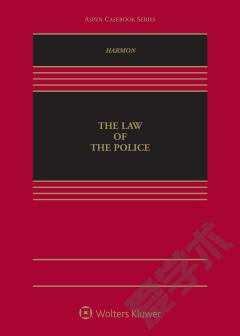
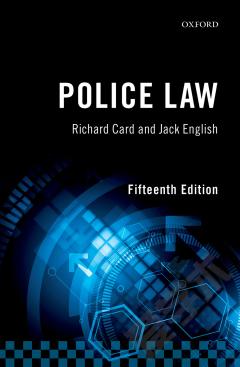
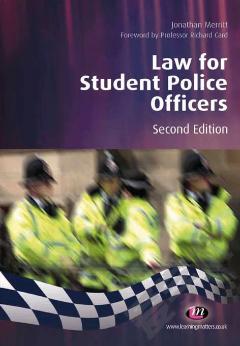
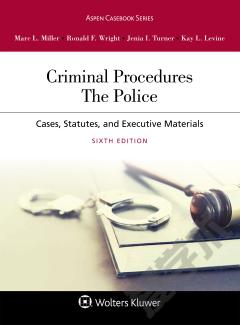
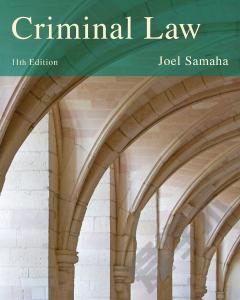



 京公网安备 11010802027623号
京公网安备 11010802027623号